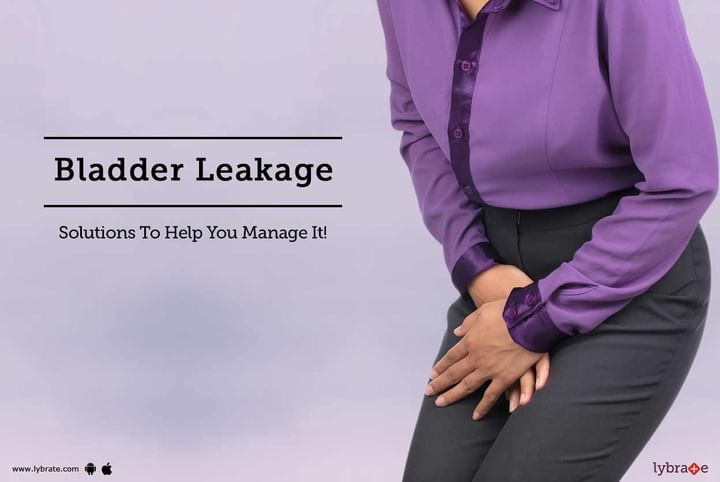Get the App
For Doctors
Login/Sign-up
Last Updated: Jan 10, 2023
BookMark
Report
Bladder Leakage - Solutions To Help You Manage It!
It is an extremely embarrassing situation to have a bladder leakage. Social life could be altered, with reduced socialising for fear of losing control in the presence of others. Though not discussed frankly, it is an extremely common issue and about 25 million people in the United States suffer from this, with 75% of these being women.
Treatment depends on the type of incontinence, such as stress, urge, overflow, functional, or mixed. It starts with least invasive methods like lifestyle changes moving over to surgical approaches.
Ways to manage it
With trips to the toilet increasing considerably when you have urinary incontinence, simple measures can help manage leakage.
- Bladder training: Train your bladder to control the urge for another 10 minutes. This happens by voluntarily contracting the muscles and holding up the urge to go to the toilet. Gradually, it will help increase the frequency of the visit to 4 to 6 hours.
- Scheduled toilet trips: Whether or not there is an urge, visit the toilet every 4 to 6 hours.
- Double emptying: Even after you have voided, force yourself to void one more time. The residual urine, which is almost always present in the bladder, also gets emptied.
- Food/diet modifications: Stress incontinence is worsened by alcohol, spicy foods, acidic foods, and caffeine. Avoiding these can help reduce bladder leakage.
- Kegel exercises: The simple repetition of contracting the pelvic floor muscles, holding it in place, and releasing it can do wonders for strengthening the pelvic floor. This can be done anywhere and any time of the day and is very effective for improving bladder control.
- Catheters: These can be used if the incontinence is short-lived; the person would need to learn how to safely insert and remove it.
- Absorbent pads and medical devices: The absorbent pads are helpful in preventing embarrassment during social situations. On the other hand, medical devices like pessary are inserted into the vagina to support the bladder neck and thereby prevent leakage from the bladder.
- Drugs: Anticholinergics/antimuscarinics are useful to control a leaking bladder. Botox injections can help paralyse the overactive bladder muscles and provide a solution. Topical oestrogen may be used in small amounts to improve tone and reduce incontinence. Alpha blockers are also used in some people with good results. There are muscles that relax the bladder and increase the amount of urine it can contain.
- Surgery: In the event that all these measures are not useful, surgical correction is possible. Sling procedure where an artificial mesh is used to support the urethra. Bladder neck suspension is where the bladder neck is given support to prevent leakage. If there is a pelvic organ prolapse, that is corrected to rectify the bladder leakage. If you wish to discuss about any specific problem, you can consult a Urologist.



+1.svg)
